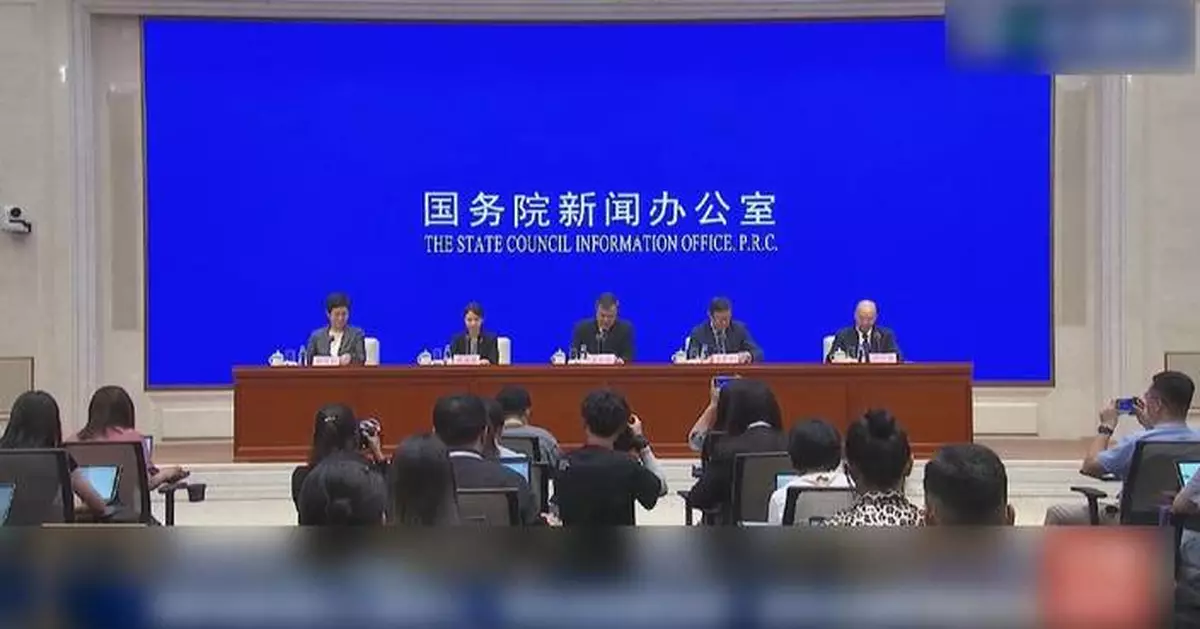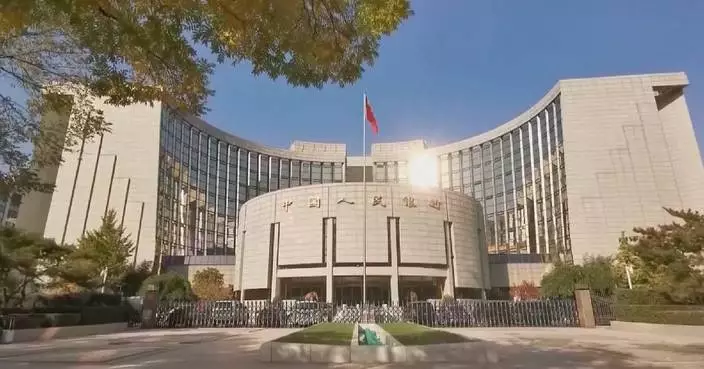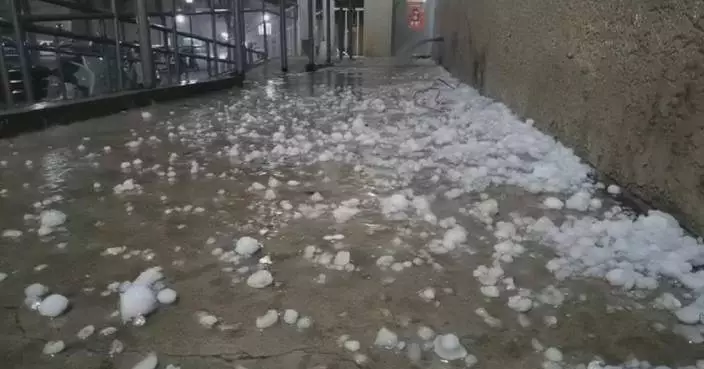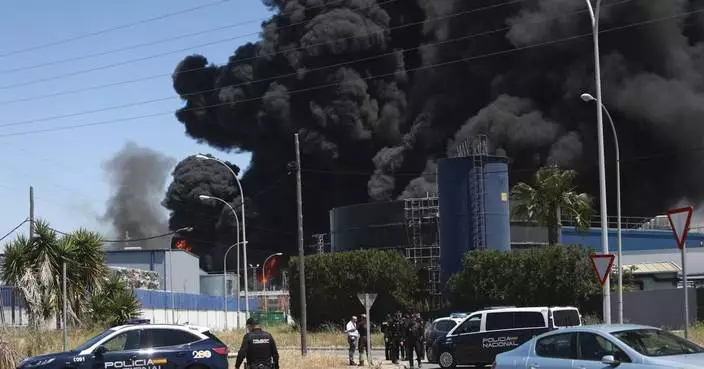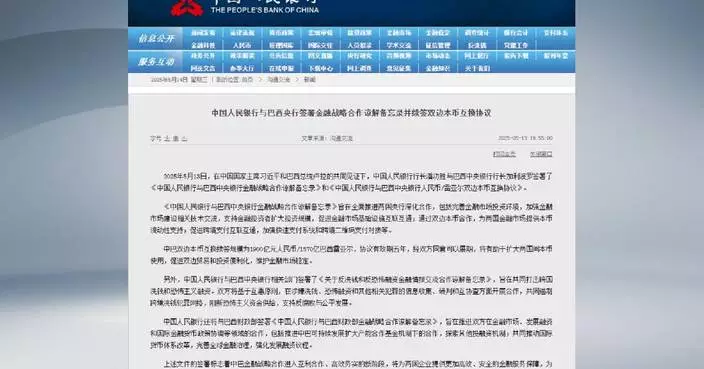China's financial institutions have enhanced their support for the real economy, with 251 trillion yuan of RMB loans balance registered at the end of July, said a spokesman of the National Financial Regulatory Administration on Wednesday.
"At the end of July, the balance of RMB loans stood at 251 trillion yuan (about 35.19 trillion U.S. dollars), marking an increase of 13.5 trillion yuan (about 1.89 trillion U.S. dollars) since the beginning of the year. Meanwhile, the balance of bond investments by banking and insurance institutions reached 103 trillion yuan (about 14.44 trillion U.S. dollars), reflecting a rise of 4.9 trillion yuan (about 690 billion U.S. dollars). Additionally, the balance of insurance funds utilization amounted to 31 trillion yuan (about 4.35 trillion U.S. dollars), showing a 7.4 percent increase," said Xiao Yuanqi, deputy head of the administration.
The structure of financial resources has been further optimized, Xiao added.
"Support for advanced manufacturing and technological innovation has been strengthened, with manufacturing loans increasing by 11.4 percent year on year by the end of July, while loans to high-tech industries grew by 13.9 percent. Financial services for small and micro enterprises, as well as the agriculture, rural areas, and farmers, have also improved, with inclusive small and micro enterprise loans rising by 17.1 percent year on year by the end of July. Additionally, the financial sector's support for the health industry and the silver economy has intensified, with loans to the elderly care industry up by 16.1 percent from the beginning of the year," he said.
In terms of integrating the digital economy with the real economy, loans to core industries in the digital economy increased by 12.4 percent year on year. Furthermore, the insurance industry has played a critical role in supporting the rapid recovery of production and daily life following natural disasters such as floods. In the first seven months of the year, insurance payouts reached 1.39 trillion yuan (about 190 billion U.S. dollars), representing a year-on-year increase of 30.2 percent. By the end of July, the insurance industry had provided 28.5 trillion yuan (about 4 trillion U.S. dollars) in various financing supports through bonds, stocks, and other channels, he said.
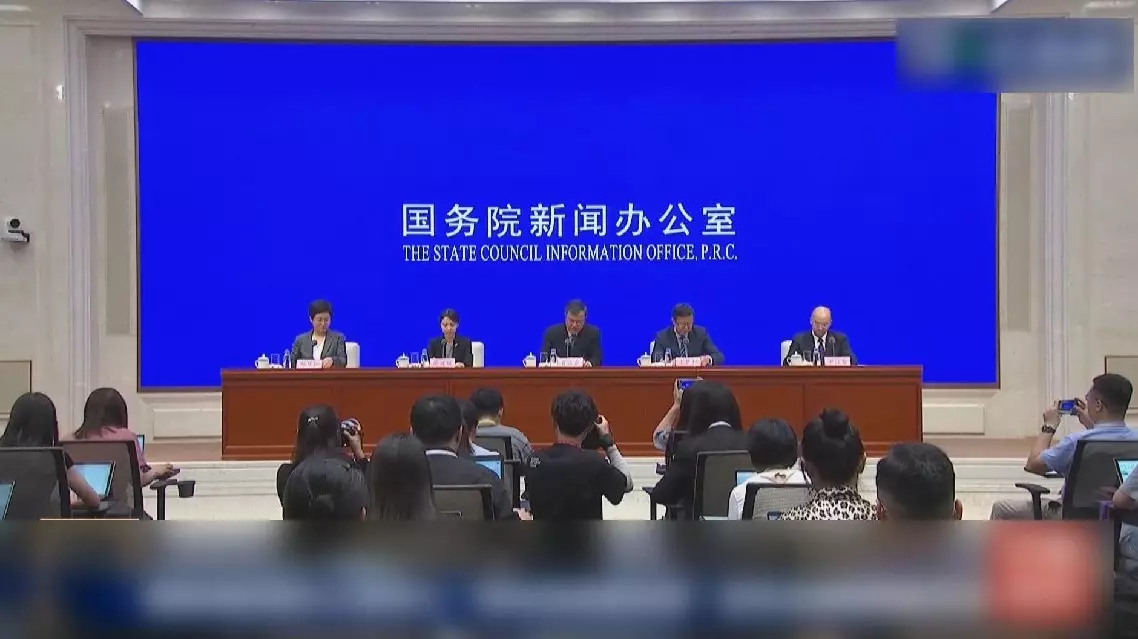
China's financial sector shows robust support for key industries by July
Regions across China are leveraging drones and advanced farm machinery to manage grain production.
There are three different grain production seasons in China: summer grain, early rice and autumn grain, accounting for about 21 percent, 4 percent and 75 percent of the annual grain output respectively.
Traditionally, the summer harvest spans from May to late June in China every year, with most of the work focusing on reaping winter wheat, a staple grain crop, and rapeseed.
The winter wheat planted in more than 250,000 mu (16,667 hectares) of fields in Pinglu County, Yuncheng City of north China's Shanxi Province is now entering the ripening period which is crucial for the grain formation.
Located in a mountainous region, the county has scattered plots which poses challenges to manual pest and disease control. Facing the challenge, the county's agricultural department has designated the scattered plots as specific areas for drone spraying, combining human efforts with drone technology to ensure that no part of the field is left untreated.
The local authorities have deployed drones to cover over 30,000 mu (2,000 hectares) of crop fields per day. Flying over the fields, the drones are spraying pesticides and fertilizer to ensure the health and productivity of wheat crops and a bountiful summer grain harvest.
As the summer grain harvest draws near, major agricultural provinces, including Sichuan in southwest China, Hubei in central China, and Jiangxi in east China, have already begun harvesting rapeseeds.
In Zitong County, Mianyang City, Sichuan Province, rapeseed farmers are reaping a bountiful harvest. In a local agricultural park, six combine harvesters can be seen shuttling across the fields, with their gears whirring as rapeseed stalks being fed into the machines.
The entire process, from harvesting to threshing, separating, and crushing, is fully automated. The crushed rapeseed shells and straw are evenly spread across the fields, while the harvested seeds are transported to drying facilities before being sold or processed into oil for consumption.
This year, Zitong County has deployed over 1,200 harvesters to assist local farmers, with the mechanization rate in harvesting exceeding 80 percent, leading to a 30 percent reduction in harvesting costs. The full harvest is expected to be completed by the end of this month.
Meanwhile, in Jingmen City, Hubei Province, the introduction of two-stage rapeseed harvesting technology has substantially improved grain yields. The new technique involves cutting down the rapeseed, leaving it to dry on the field for a few days before using machines to gather and thresh the seeds.
This innovation has reduced the seed loss rate from 30 percent to less than 8 percent. By now, 758,000 mu (50,533 hectares) of the city's 2.32 million mu (154,667 hectares) of winter rapeseed have been harvested, accounting for more than 30 percent of the crop to be harvested. The harvest is expected to be completed by May 21.
In Linchuan District of Fuzhou City in Jiangxi Province, the rapeseed harvest is nearing its end. Local farmers are racing to take advantage of the favorable weather conditions, using advanced machinery to ensure a smooth and efficient harvest.
The area under rapeseed cultivation in the Linchuan District alone surpasses 100,000 mu (6,667 hectares). More than 2,800 farming households have begun harvesting since late April, with the mechanical harvesting rate exceeding 90 percent.
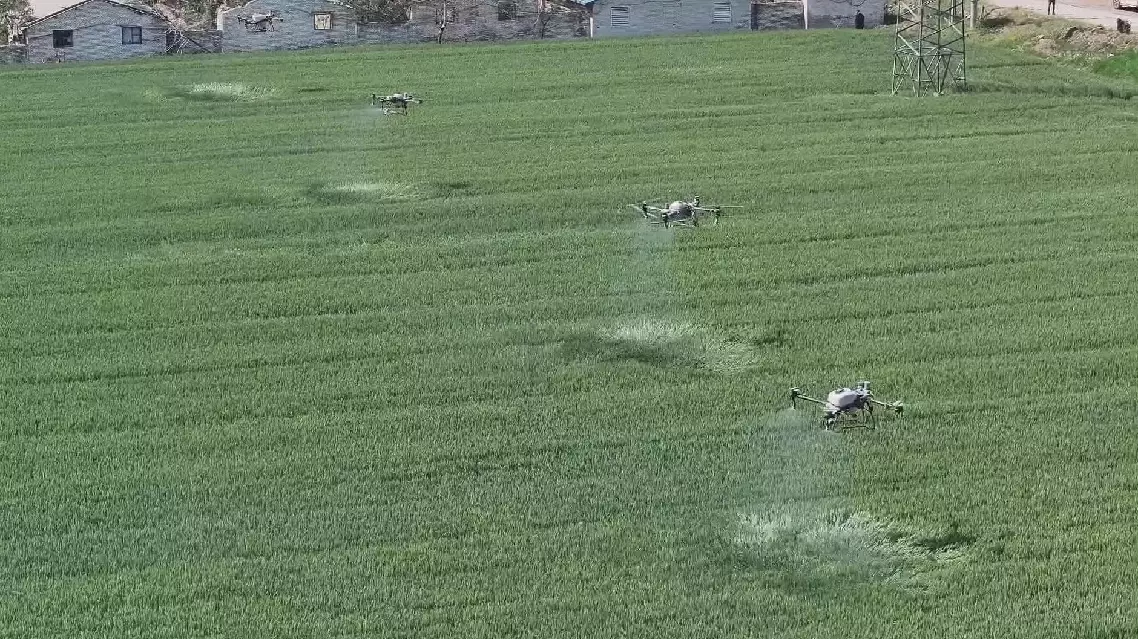
Chinese farms use drones, advanced farm machinery to manage grain production



